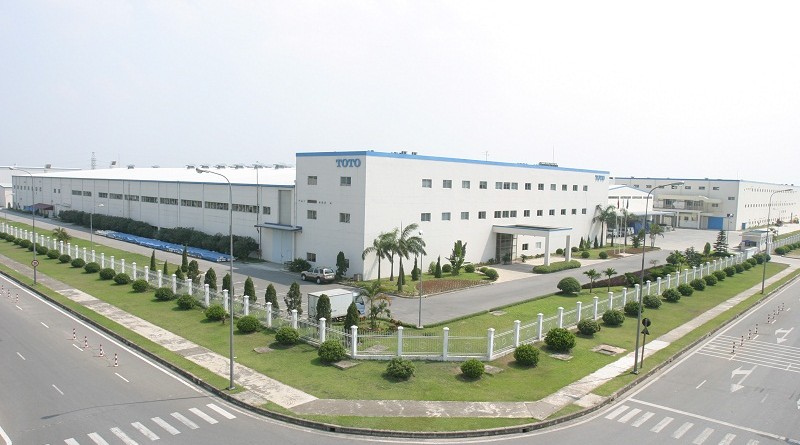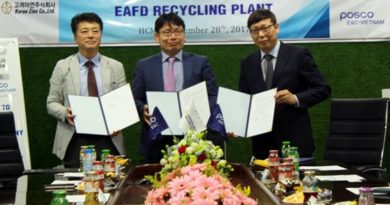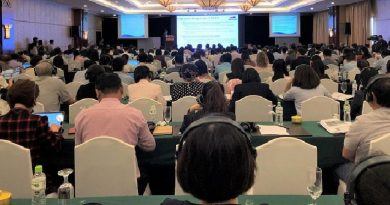Japan poised for new wave of investment
Two years ago, in response to the question that “will there be a third wave of investment from Japan to Vietnam?”, Win-son Khoo, general director of Murata Electronics Vietnam Limited said, “I can’t understand why such a thing would even be doubted.”
“Many Japanese firms have been continuously investing in Vietnam for over a decade, including Kyocera, Canon and Fuji Xerox,” he said.
Murata Electronics is a subsidiary of Japan’s Murata Manufacturing, a leading supplier of ceramic electronic components that employs over 51,000 people globally.
Since VIR’s interview with Khoo, Japanese firms have continued to show commitment to conducting long-term business in Vietnam.
In late October 2015, Japanese retail giant Aeon, in tandem with its launch of AeonMall Long Bien in Hanoi, announced its intention to open another Aeon centre in Ho Chi Minh City within the next year, as well as another centre in Hanoi by 2017.
Similarly, Japan’s electronics giant Sumitomo has recently boosted capital into building the third Thang Long Industrial Park in the northern province of Vinh Phuc to attract secondary investors from Japan.
Three other Japanese firms, namely Mitsubishi Corporation, Mitsubishi Estate Limited and Toshiba Corporation, are pursuing the US$2.2 billion Smart City project with retail giant Lotte in Ho Chi Minh City’s Thu Thiem new urban area.
Latest figures from the Ministry of Planning and Investment’s Foreign Investment Agency (FIA) show that the total committed capital from Japanese investors surpassed US$1.7 billion during the past 11 months.
However, the figure is far lower than figures from 2013, when the newly committed and expanded investment capital from Japanese investors into Vietnam exceeded US$5.87 billion, which made Japan the biggest foreign investor in Vietnam.
By late 2013, Japan’s cumulative investment capital into Vietnam came to US$34.58 billion. Meanwhile, the Republic of Korea only reported approximately US$4.3 billion of the total committed and expanded investment capital into Vietnam in that year, driving its cumulative capital amount to roughly US$29 billion.
So far this year, the Republic of Korea has injected over US$6.39 billion into Vietnam, increasing their total cumulative capital in the country to over US$44 billion, against US$39.5 billion from Japan.
Last year, Japan fell from the top to fourth position in Vietnam, behind the Republic of Korea, Hong Kong, and Singapore.
Japan registered only US$2.05 billion in 2014, down 65% on-year. The situation has not improved this year.
FIA experts have cited several reasons behind reduced investment capital from Japanese investors. They noted that the Japanese government was currently calling for local firms to increase investment and business in their home country to service rebuilding needs.
The depreciation of the Japanese yen has also increased the cost of investment abroad for Japanese firms.
Within Vietnam, Japanese firms face fierce competition from investors of other countries such as the Republic of Korea, EU and the US, causing a dent on their expected profits in the market.
In consequence, Japanese firms have been increasing investment into Cambodia and Myanmar, focusing on fields that promise high profitability, such as mining and retail.
However, despite these factors, Dang Xuan Quang, deputy head of FIA, still believed that the reduction of the investment capital from Japan was just “temporary”. He forecast a boom in Japanese investment into Vietnam in the upcoming years, following Vietnam’s free trade agreements inked with its partners.
VIR/Hanoitimes









